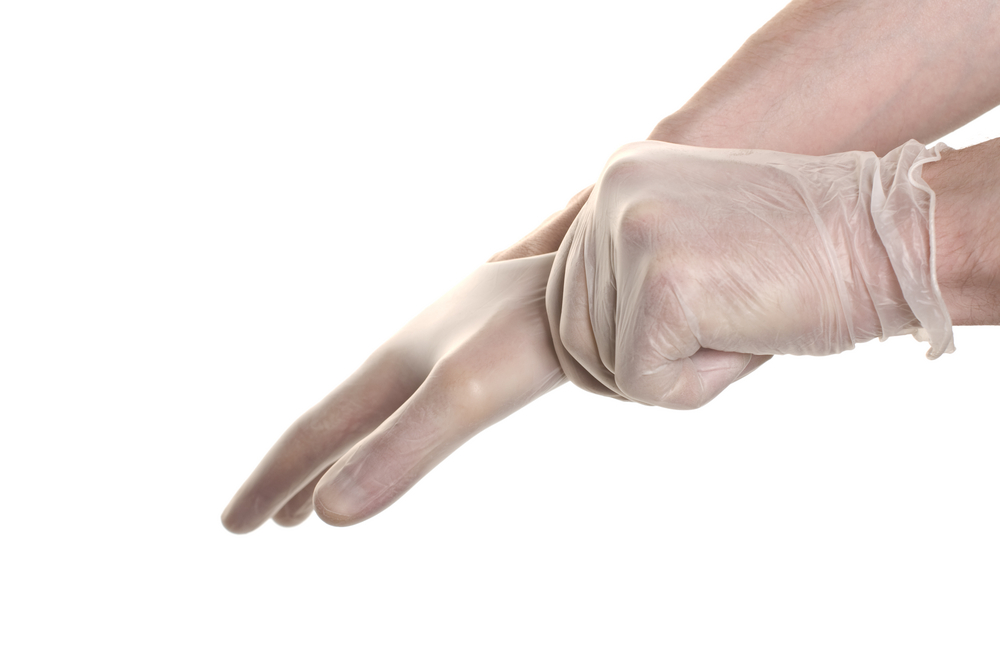A new device on the market called UroLift, first approved by the US Food and Drug Administration and recently performed live at the UC San Diego School of Medicine, is the first every procedure of its type to relieve the symptoms of benign prostatic hypertrophy or BPH.
BPH is a condition of the male prostate. It involves benign enlargement of the prostate gland that occurs over time and results in symptoms of nocturia (using the restroom to void during the night), dribbling urine, and difficulty starting a stream. BPH is extremely common, affecting half of all men greater than the age of 60 and about 80 percent of men between the ages of 70-80.
Traditional treatment for BPH can mean surgery with side effects including more problems with urination, ejaculatory difficulty and erectile dysfunction. The finding of this new procedure can potentially affect millions of men who would otherwise need chronic medications or surgery to relieve their symptoms.
“More than half of all men in their sixties and as many as 80 percent of men in their seventies and eighties have some symptoms of BPH,” said Hsieh. “This is an excellent alternative to traditional surgeries that require removal of prostate tissue, which can cause complications such as erectile and ejaculatory dysfunction.”
The new surgery can be performed under conscious sedation and is a same-day procedure. In this procedure, permanent sutures are placed through hollow needles. The permanent sutures lift up the prostate gland, clearing the bladder opening so that the urinary stream is improved. The only major side effects are burning pain on urination and blood in the urine that only last about a day following the UroLift procedure.
“This is a safe procedure for men with BPH to improve urination while preserving sexual function,” said Mike Hsieh, MD, urologist at UC San Diego Health System. “This endoscopic procedure is done on an outpatient basis under light sedation with virtually no side effects.”
The major advantages of this procedure is a lack of major surgery, decreased pain after the surgery, the lack of a need for a urinary catheter following the procedure, decreased time in the hospital, and a lack of the secondary affects of a transurethral resection of the prostate (TURP) such as erectile or ejaculatory dysfunction. In a TURP procedure, the urethra is reamed out, followed by the use of a urinary catheter and a several day hospital stay.
Time will tell how many doctors will learn the procedure well enough to be able to perform this procedure rather than a TURP. This may save a great deal of money lost in missing work and the use of the surgery suite to perform a surgery. Furthermore, it is a procedure that only requires a light sedation to be performed, becoming less destructive than a TURP procedure.
If you or your doctor didn’t get a chance to see the live procedure performed during the 8th annual conference at the UC San Diego School of Medicine, there are alternative places to learn the procedure so that your doctor can use this modality to treat your BPH besides a TURP.

